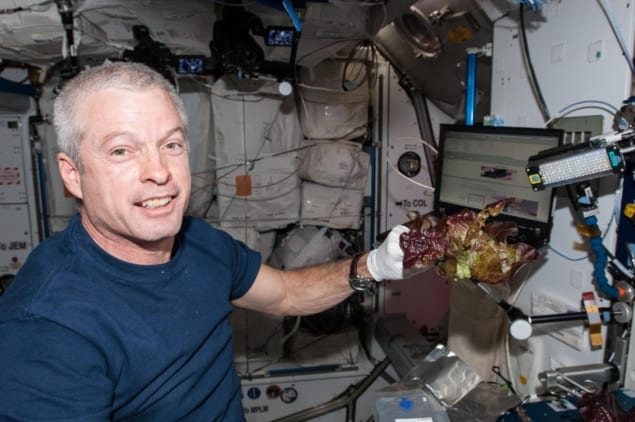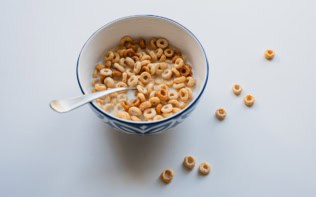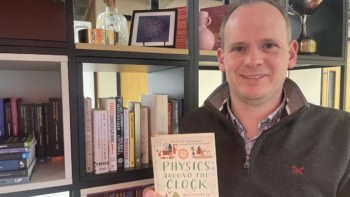
Some readers may be secretly pleased that conference cancellations have spared them the arduous task of presenting their results at a scientific meeting. Many of us have finished talks feeling like we’ve spent a few rounds in a boxing ring or a period or two on a hockey rink. So why not do a post-talk analysis interview like a professional athlete? This very funny video (below) by the Irish medical researcher Ciaran Fairman shows how it could be done– including how to gracefully critique the unfortunate colour scheme of a senior colleague’s slides.
Ever wondered what it would be like if academics gave post-match conferences?
Twitter's been heavy the past few weeks, figured I'd try brighten it up a bit!
Look after those university credit cards folks. pic.twitter.com/GyqICzOIUb
— Ciaran Fairman, PhD (@CiaranFairman) March 8, 2020
Lettuce is something we take for granted here on Earth. Lots of different varieties can be found in a supermarket and the leaves can be easily grown in the garden – as long as the slugs can be kept at bay.
But in space, fresh lettuce would be a much-appreciated addition to the usual packaged fare and the leaves also contain more vitamins than prepared foods.
Now, a team led by NASA’s Christina Khodadad has done a study of red romaine lettuce grown on the International Space Station. They found that the space lettuce is free of disease-causing microbes and is as nutritious as plants grown on Earth.
Safety and nutrition had been concerns because the crop was grown in lower gravity and more intense radiation than found on Earth. However, astronauts did nibble on some leaves before they were tested – suggesting that they weren’t particularly concerned.
Future tests will look at other leafy crops as well as small fruits like peppers and tomatoes. And sorry, but I can’t resist that pointing out that one of Khodadad’s colleagues is called Matthew Romeyn.
For the past few months astronomers have been excitedly watching the nearby star Betelgeuse in anticipation of its explosion. The reason is that the star had been dimming since about the middle of October, which suggested that it could become a supernova. That dimming has since stopped and it now appears that the star is getting brighter – so possibly bad news if you were looking forward to a spectacular explosion.
Emily Levesque of the University of Washington and colleagues have now put forth the theory that Betelgeuse had dimmed because it expelled matter from its surface and this “dust” blocked some starlight. You can find out more in “Dimming Betelgeuse likely isn’t cold, just dusty, new study shows”.



